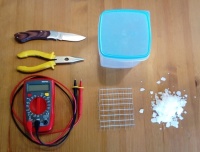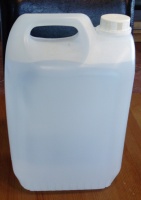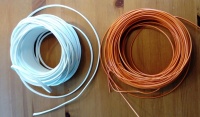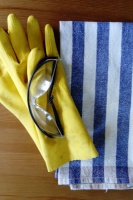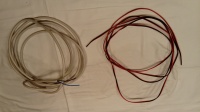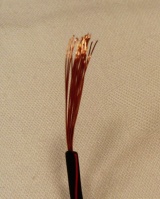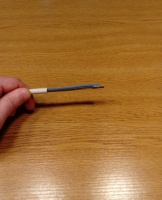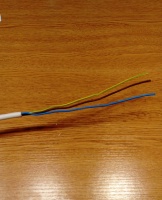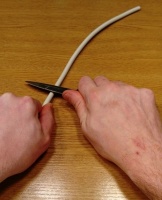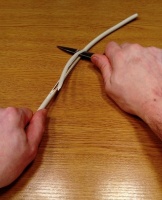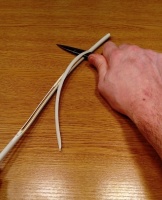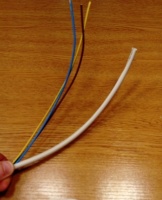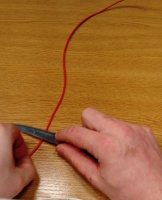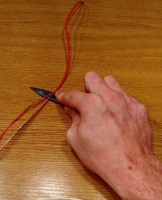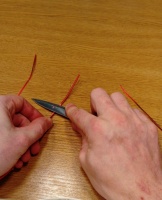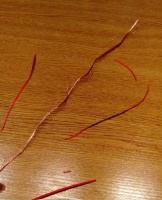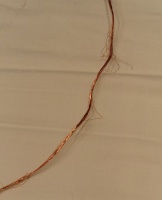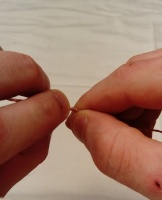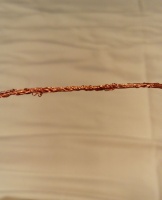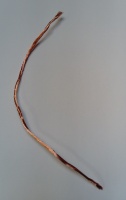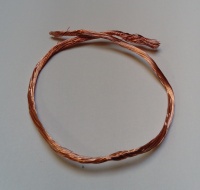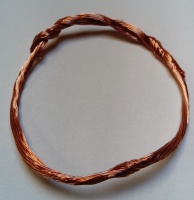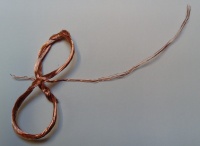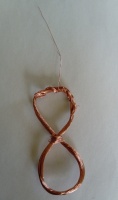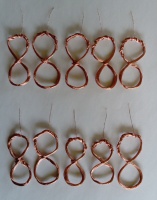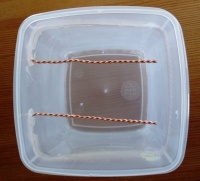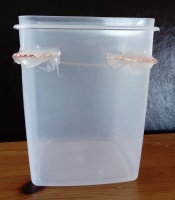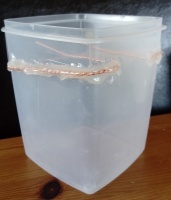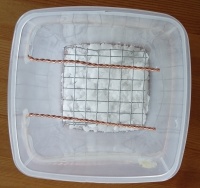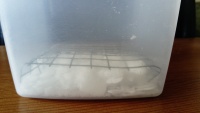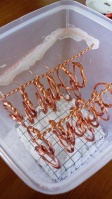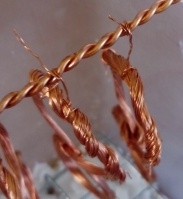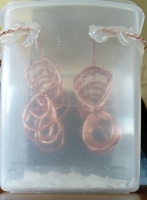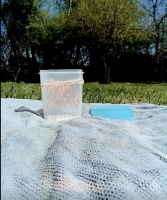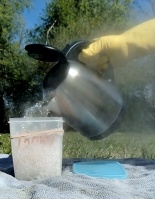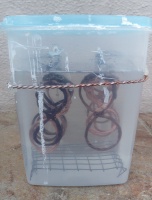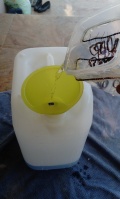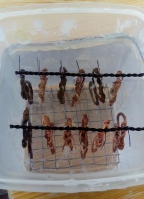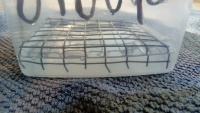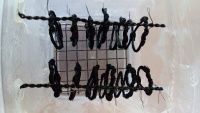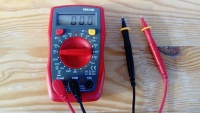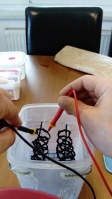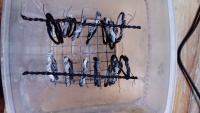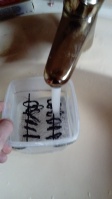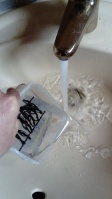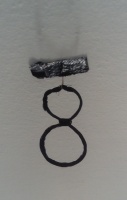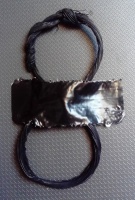Difference between revisions of "Testpage general"
(Tag: Visual edit) |
|||
| Line 1: | Line 1: | ||
| − | Required Equipment<gallery widths="200" heights="200"> | + | Required Equipment |
| + | |||
| + | The Infinity Loops are made of stranded copper wire and are nano-coated. | ||
| + | |||
| + | First the Copper wire is prepared and the Infinity Loops are formed. For this process you need: | ||
| + | * stranded Copper wire | ||
| + | * cutting pliers, or scissors | ||
| + | * knife | ||
| + | When the Infinity Loops are formed, they become nanocoated. For this process you need: | ||
| + | * A plastic container with lid (not too big) | ||
| + | * Weights for weighing down the lid, | ||
| + | * Ready-wound Copper (Zinc) coil, wires or plates | ||
| + | * ~ 50 grams of pure NaOH powder or beads on 1 Liter destilled water. (Do not use drain cleaners. You can buy it in art shops; it is used to remove paint as alkaline-based stripper, or in chemist's/drugstore) | ||
| + | * ´1 or more Liters of distilled water (according to the quantity of coils and size of the plastic container) (e.g. 3 L water and ~150 grams of NaOH) | ||
| + | * Electric kettle or stove top to boil water | ||
| + | |||
| + | <gallery widths="200" heights="200"> | ||
File:Infinity Loop 1b.jpg| | File:Infinity Loop 1b.jpg| | ||
File:Infinity Loop 1c.jpg| | File:Infinity Loop 1c.jpg| | ||
| Line 6: | Line 22: | ||
</gallery>d | </gallery>d | ||
| − | === Production of | + | === Production of bare Infinity Loops === |
| − | |||
Revision as of 13:19, 24 April 2020
Required Equipment
The Infinity Loops are made of stranded copper wire and are nano-coated.
First the Copper wire is prepared and the Infinity Loops are formed. For this process you need:
- stranded Copper wire
- cutting pliers, or scissors
- knife
When the Infinity Loops are formed, they become nanocoated. For this process you need:
- A plastic container with lid (not too big)
- Weights for weighing down the lid,
- Ready-wound Copper (Zinc) coil, wires or plates
- ~ 50 grams of pure NaOH powder or beads on 1 Liter destilled water. (Do not use drain cleaners. You can buy it in art shops; it is used to remove paint as alkaline-based stripper, or in chemist's/drugstore)
- ´1 or more Liters of distilled water (according to the quantity of coils and size of the plastic container) (e.g. 3 L water and ~150 grams of NaOH)
- Electric kettle or stove top to boil water
Contents
Production of bare Infinity Loops
Preparation of the Copper stranded wire
Stranded wire is characterized by the fact that many small strands together form a wire. (See photo). You can find it in the hardware store, at an electrical store, or in an emergency, at home, in the power cables of your hair dryer, radio, television, coffee machine, etc. To do this, simply unplug the power cable from the outlet. Cut the entire electrical cord off of the appliance to use the whole cord.
Removing the plastic from the wire
Usually there are two or three wires in a power cable. The plastic outer sheath must first be removed. There are several ways to do this. (If you buy stranded wires separately, this step is not necessary)
Variant 1
One way to remove the outer sheath is to have the knife in one hand, place the cable on it and press it with your thumb carefully. With the other hand, as well as with the thumb you turn the cable and the knife cuts deeper and deeper into the plastic. Once you have reached the inner wires you can pull the separated plastic part from the inner wires. This is how you proceed step by step until the inner cables are exposed.Variant 2
Another possibility is to place the cable on the table and hold it with one hand. Press the blade at a slight angle and with the other hand simply pull the cable backwards against the cutting direction. This way you take off a part of the plastic and can take the wires out.
Everyone has different approaches. With a little bit of trying you will find what way works best for you.